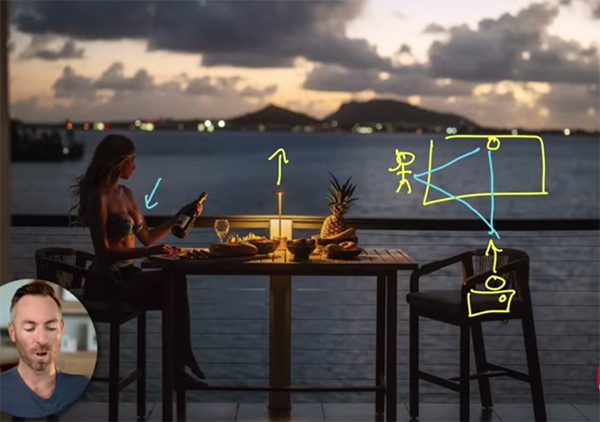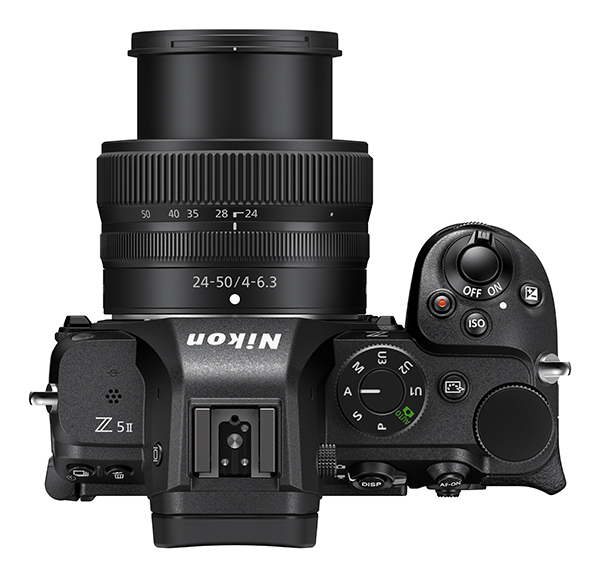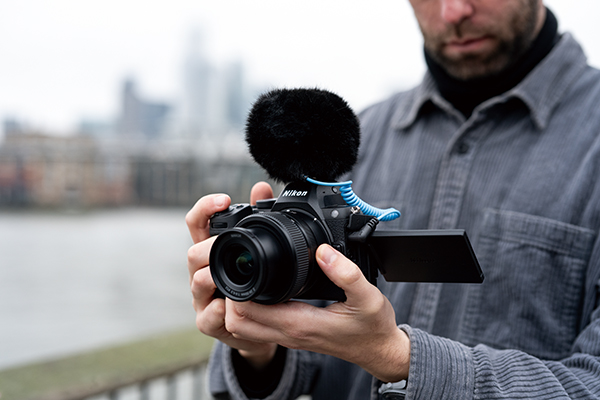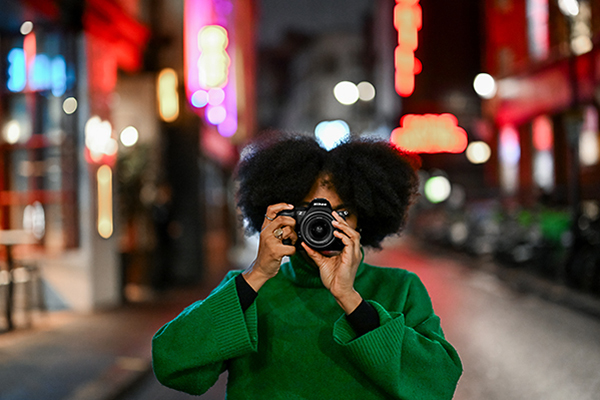The Joy of Shadows in B&W Photography (VIDEO)
Today’s inspirational how-to video from The Photographic Eye YouTube channel takes a close look into why some scenes literally beg to rendered in b&w, with a specific emphasis on the interplay between deep shadows and other areas within the frame. The episode begins with a request that you “think about the first time you fell in love with photography.”
What comes to mind may be determined by your age, and for longtime pros like Alex Kilbee the remembrance goes like this: “For me it was seeing my first black-and-white photographs emerge from the watery birthing pool in the darkroom right before my eyes.” Whether you make a living with a camera, or you approach photography as a creative outlet, Kilbee’s straightforward lesson have plenty to offer.
The goal of this 13-minute episode is to help you “add a whole new layer of interest and intrigue to you monochrome images.” Kilbee is a notable photographer in his own right, but he decided to use images in Scott Olsen’s fantastic self-published b&w photography book “Fargo” to describe a variety of b&w techniques that he considers so powerful.
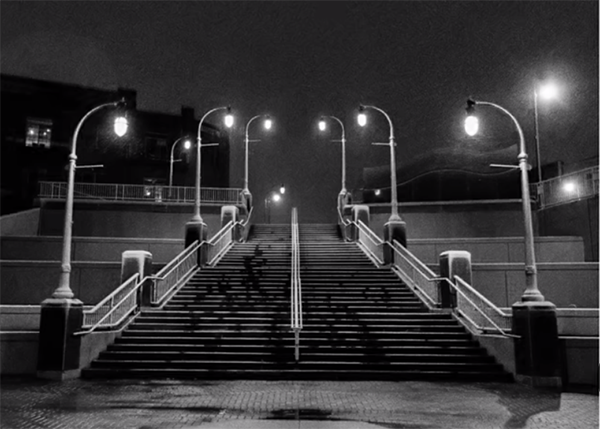
Kilbee discusses all facets of the art, concentrating on his penchant for “running with the shadows of the night.” The methods you’ll learn could also be referred to as the power of emptiness. As Kilbee says, “once you learn how to embrace shadows you’ll develop the ability to convey the world in a way that’s unusual to us.”
Olsen’s book contains an eclectic mix of street photography, artistic portraiture, and even a bit of sports/action. Kilbee says the photos that stand out the most to him are the ones where Scott utilizes shadows with attention-grabbing silhouettes and other dramatic monochrome effects that simply can’t be ignored. In fact, some of Olsen’s work could be misconstrued as photos of sculpturea rather than real life subjects.
This video offers a variety of helpful insights and observations that will enable you to mimic Olsen’s stunning imagery and experiment with making some truly outstanding photos of your own. There’s even some post-processing advice for getting the job done to perfection.
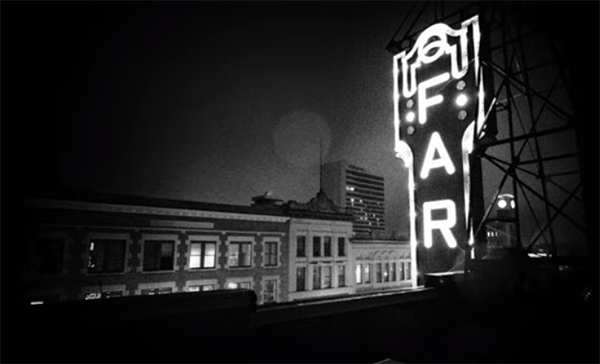
Once the video concludes be sure to visit The Photographic Eye YouTube channel for more thought-provoking tips and techniques.
Then take a look at an earlier tutorial we featured with another accomplished pro who demonstrates how using a simple flash can drastically improve yours results when shooting environmental portraits and other subjects outdoors.


